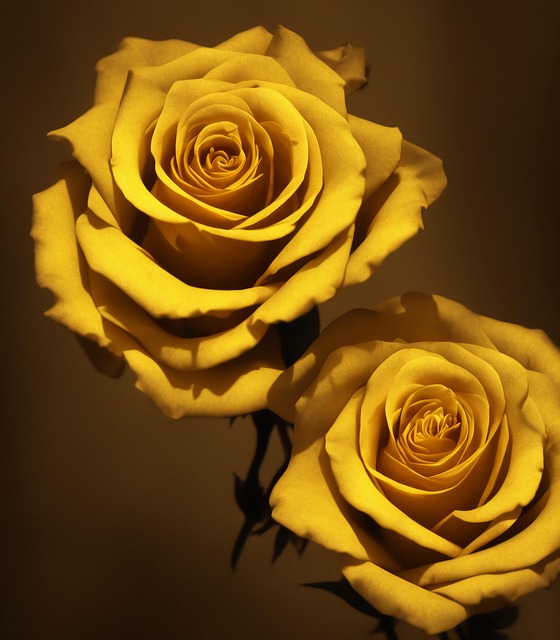# The New Era of AI Art: How Machine Learning is Shaping the Future of Visual Expression
The intersection of technology and creativity has long fascinated artists, technologists, and scholars alike. In recent years, the advent of machine learning has ushered in a new era of artistic expression, where algorithms and neural networks are not just tools but collaborators in the creative process. This article delves into how AI is transforming the landscape of visual art, exploring the methodologies behind AI-generated art, the implications for artists and audiences, and the ethical considerations that accompany this technological revolution.
## The Mechanics of AI Art Creation
At the core of AI art is a process called generative adversarial networks (GANs). These sophisticated algorithms consist of two neural networks—a generator and a discriminator—that work in tandem to create new images. The generator creates images based on a set of input data, while the discriminator evaluates these images against a dataset of existing artworks. Through this iterative process, the generator learns to produce increasingly convincing art, mimicking styles and techniques from a vast array of sources. Consequently, the result is a unique piece that, while influenced by existing works, possesses its own identity.
Moreover, other techniques, such as style transfer, allow AI to apply the aesthetic characteristics of one image to another. This means that a photograph can be transformed to resemble a Van Gogh painting or a modern abstract piece, all by leveraging the computational power of machine learning. Artists can now experiment with these technologies to push the boundaries of traditional art forms, creating pieces that blend human creativity with machine precision. As such, the democratization of art creation is evident, enabling anyone with access to these tools to explore their artistic potential.
## Implications for Artists and Audiences
The integration of AI into the art world has sparked a significant shift in how art is produced and consumed. Artists are no longer confined to traditional methods; they can now harness AI as a collaborator, expanding their creative horizons. This partnership can lead to innovative approaches that challenge established norms and encourage experimentation. For instance, artists like Refik Anadol and Mario Klingemann have gained recognition for their AI-driven installations, which engage viewers in dynamic and interactive experiences that transcend the static nature of traditional art.
Audiences, too, are experiencing a transformation in their relationship with art. The allure of AI-generated works lies in their novelty and the questions they raise about authorship and authenticity. As viewers encounter pieces created by algorithms, they may find themselves pondering the role of the artist in a world where machines can generate art. This shift prompts discussions about what constitutes creativity and whether AI can truly be considered an artist. The dialogue surrounding these questions enriches the cultural landscape, inviting a broader understanding of art as a multifaceted and evolving medium.
## Ethical Considerations in AI Art
As with any technological advancement, the rise of AI in the art world brings forth a host of ethical considerations. One major concern revolves around authorship and intellectual property. When a machine generates an artwork, who holds the rights to that piece? Is it the programmer, the user who input the data, or the AI itself? These questions challenge the traditional notions of ownership and copyright, necessitating a reevaluation of existing laws to accommodate this new paradigm.
Additionally, the potential for bias in AI-generated art raises ethical dilemmas that cannot be overlooked. Since machine learning algorithms are trained on datasets that reflect historical and cultural biases, the art produced may inadvertently perpetuate stereotypes or exclude marginalized voices. This raises important questions about representation and inclusivity in the art world, as creators must be vigilant in addressing these biases to ensure that AI serves as a tool for empowerment rather than exclusion.
Furthermore, the environmental impact of training large AI models cannot be ignored. The computational resources required for generating AI art can be substantial, leading to increased energy consumption and carbon footprints. As the art community embraces these technologies, it must also consider sustainable practices that mitigate the ecological consequences of machine learning.
## Conclusion: Embracing the Future of Art
The emergence of AI in the realm of visual expression represents a profound shift in the artistic landscape. By leveraging machine learning techniques, artists are expanding their creative toolkit, exploring new forms of expression that challenge conventional boundaries. This collaboration between human and machine fosters an environment ripe for innovation, allowing for the exploration of ideas that may have previously remained unexpressed.
As audiences engage with AI-generated art, they are invited to reconsider their perceptions of creativity, authorship, and the role of technology in shaping cultural narratives. The discussions surrounding these works are essential in defining the future of art, as they encourage a more inclusive and diverse understanding of what art can be.
Ultimately, the ethical considerations that accompany AI art must not be sidelined. Addressing issues of bias, authorship, and environmental sustainability will be crucial in ensuring that this new era of creativity is both responsible and equitable. As we stand on the precipice of this exciting frontier, it is clear that AI is not merely a tool for artistic creation but a catalyst for redefining the essence of art itself. Embracing this evolution will require collaboration, dialogue, and a commitment to fostering an inclusive artistic community that honors the rich tapestry of human expression while welcoming the innovations of the digital age.

